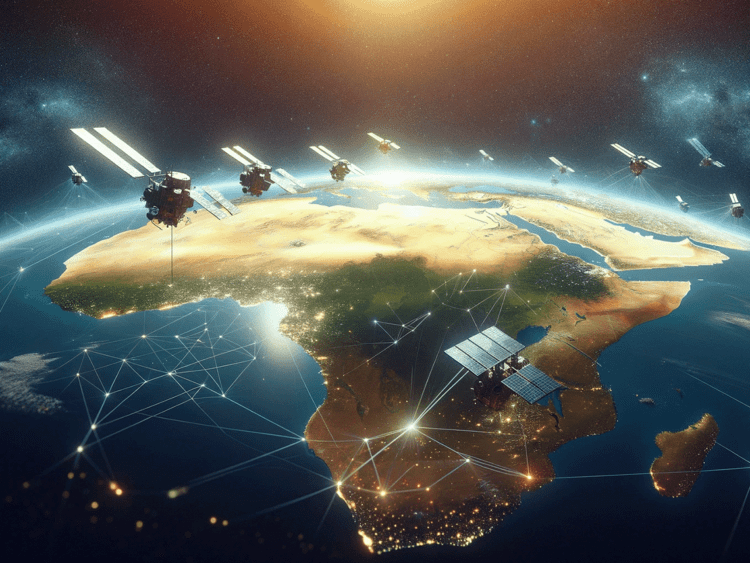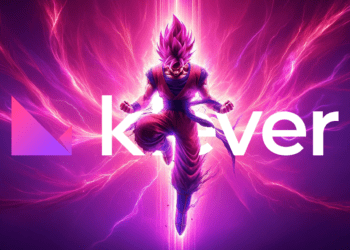In the rapidly evolving world of internet connectivity, a new player, Starlink, is making waves globally, promising high-speed internet access even in the most remote areas. However, its expansion is not without challenges, as seen in South Africa.
The South African communications regulator, Icasa, has recently taken a stand against the illegal sales of Starlink satellite internet terminals in the country. Starlink, a venture of Elon Musk’s SpaceX, is known for its low-Earth-orbit fleet of satellites, offering unprecedented internet service speeds. Despite its advanced technology and the promise of global connectivity, Starlink faces regulatory hurdles, lacking a license to operate in South Africa.
This issue isn’t just about licenses. It’s about equitable access to technology. Icasa’s regulations require entities to have significant local ownership, specifically from historically disadvantaged groups. This requirement aims to ensure that the benefits of technological advancements like Starlink are shared broadly, especially in a country marked by stark inequalities.
The potential of Starlink to transform internet access in underserved areas is immense. In many parts of the world, traditional broadband infrastructure is unfeasible due to geographical challenges or socio-economic barriers, such as local conflicts or insufficient funding. Here, satellite internet could be a game-changer, providing reliable connections that empower communities, facilitate education, and enable remote work.
However, the situation in South Africa highlights a critical balance that needs to be struck. On one hand, there’s the need for innovation and the deployment of technologies like Starlink to bridge the digital divide. On the other hand, regulatory frameworks ensure that such technologies are safe, compliant, and beneficial to all sectors of society, including those historically marginalized.
Icasa’s stance is a reminder that while the stars might seem within reach with technology like Starlink, navigating the regulatory landscapes on the ground is equally crucial. The authority has warned of hefty penalties for non-compliance, emphasizing the need for all players in the burgeoning satellite internet market to adhere to local laws and regulations.
The story of Starlink in South Africa is more than a tale of technological advancement. It’s a narrative about how we ensure that the future of connectivity is inclusive, safe, and regulated in a manner that benefits all. As the world watches Starlink’s global journey, it’s clear that the path to universal internet access is not just about launching satellites but also about forging collaborative and regulatory pathways that align technological growth with societal needs.
How Starlink Works
At the core of Starlink’s technology is its constellation of satellites, positioned in low Earth orbit, significantly closer to the planet compared to traditional communications satellites. This proximity allows for reduced latency and faster data transmission, crucial for high-speed internet.
Each satellite in the Starlink constellation communicates with ground stations and user terminals on Earth. Users connect to the network via a small satellite dish, which can be installed in a variety of locations, from rural homes to remote industrial sites. This dish communicates directly with the overhead satellites, providing internet access.
The network is designed to be scalable, with SpaceX continuously launching satellites to expand coverage and capacity. This approach aims to provide consistent and reliable internet service even in areas where ground-based internet infrastructure is limited or non-existent. As more satellites join the constellation, the network’s overall performance improves, making it a dynamic and evolving system.
Starlink’s innovative approach represents a significant shift in satellite internet technology, offering a potential solution to bridge the digital divide for underserved and remote areas across the globe.











